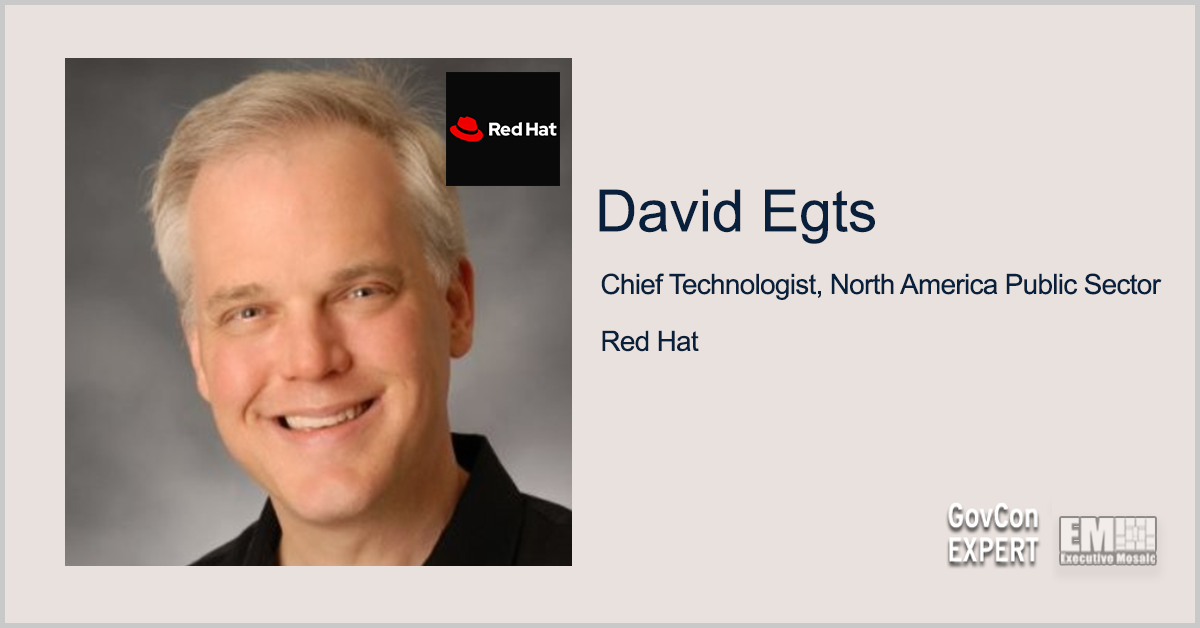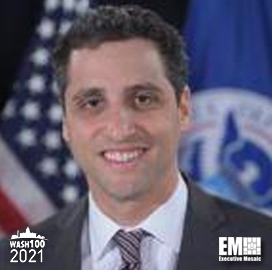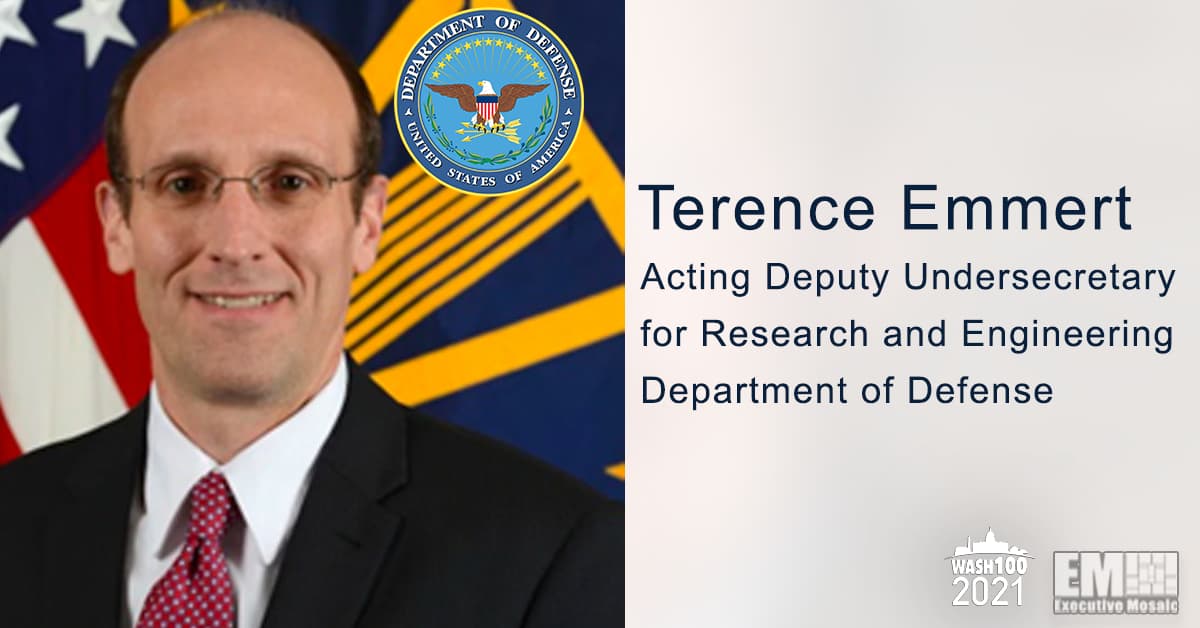David Egts, chief technologist of Red Hat’s North America Public Sector organization, published his latest article as a part of Executive Mosaic’s GovCon Expert program on Thursday.
GovCon Expert David Egts discussed the three core elements to keep at the forefront of defense customers as they work to implement open-source software and address the technological challenges involved with digital transformation.
In his latest GovCon Expert feature below, Egts provides an overview of how government agencies are pushing to overcome the barriers surrounding the digitization of citizen services. In addition, Egts also discussed the impact that a “sludge audit” could have to improve and digitize citizen experiences.
You can read David Egts’ full GovCon Expert article below:
Sludge Doctor in the House? Three Tips for Creating a Better Healthcare User Experience
By David Egts, US Public Sector chief technologist, Red Hat
Despite some strides made during the COVID-19 pandemic to make care more easily accessible, the healthcare customer experience is still not a pleasant one for many people. That’s because it’s weighed down by the scourge of many organizations: sludge.
As this Harvard Business Review article points out, sludge slows down healthcare organizations’ ability to provide faster services to their customers and keeps customers wading through a seemingly endless stream of disjointed phone calls, emails, web portals, and more, in some cases, just to make a simple doctor’s appointment.
Although that article is specific to general healthcare providers, the pain points it illustrates are shared across the healthcare spectrum, including medical organizations in the government space.
Here are three ways government systems integrators (SIs) can help public sector healthcare organizations tackle sludge and help provide better user experiences.
Start Seeing Through the Users’ Eyes
The Biden Administration’s recent Executive Order on transforming the federal customer experience asks agencies to put “the voice of the customer” first to minimize “time taxes”–the time it takes users to jump through interminable hoops just to get to a resolution.
So, instead of envisioning solutions through your government customers’ perspectives, try putting yourself in their users’ shoes. Think about how you can help them streamline their processes so they can deliver better value to internal and external customers.
There are several tools available in the open practice library to help you align your efforts with users’ desired destinations. Impact maps can help you plot out your efforts in relation to goals, while empathy mapping can help gain further insights into those users so you can build accurate personas. Layer in some motivation mapping and you’ll get a pretty good picture of what your users are looking for.
Audit Your Processes to Uncover the Sludge
Then, look for the shadowy areas where sludge likes to hide, live, and grow. Many processes were originally implemented for good reasons, but they may no longer be applicable or relevant or could be done better with new technologies. Left unchecked, these processes may continue to get longer and more disruptive to your customers’ digitization and efficiency efforts.
For example, is your customer’s healthcare portal forcing users to jump through too many steps just to make a doctor’s appointment, causing them to abandon the process altogether? When internal IT teams need to kick off a process to address a user’s request, how many steps and people do they need to go through before it gets completed?
By performing a sludge audit you can identify areas where sludge exists in these processes and how it’s adversely affecting users’ experiences. Then, you can present your clients with a plan to reduce sludge and improve those experiences. The audit also gives you the chance to show added value to your customers as you identify areas of improvement that can make it easier for users to receive and deliver exceptional healthcare.
Automate Wherever Possible
Finally, replace sludge with automation that can benefit both internal and external customers.
Yes, internal users of IT applications are also customers who can benefit greatly from the removal of sludge through the automation of IT services, including virtual machines, networking, storage, and other core components of the IT infrastructure.
The aforementioned example of implementing a new process to kick off a new user request is a great example of a manual and time-taxing process that can eat up resources and prevent IT teams from being able to focus on delivering new services that will be beneficial to citizens.
Instead of monolithic applications that are always a fixed size, Linux container-based cloud-native applications can autonomously scale up and down based on resource demand peaks and valleys.
This can be useful in a number of healthcare scenarios, such as when vaccine demand rises and ebbs or during seasonal open enrollment periods, resulting in more efficient use of IT resources and a better customer experience.
Help Your Customers Stay Healthy
As your clients continue to look to you for help in digitizing their services and improving user experiences, remember that at the end of the day it’s all about keeping their customers healthy. Be the physician that treats your clients’ unwanted conditions. Help them identify and scoop out the sludge and implement automation for better patient outcomes.







